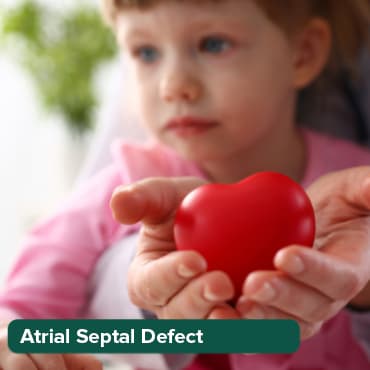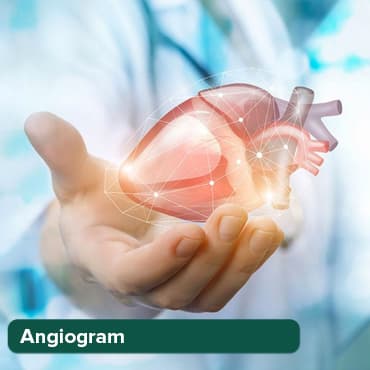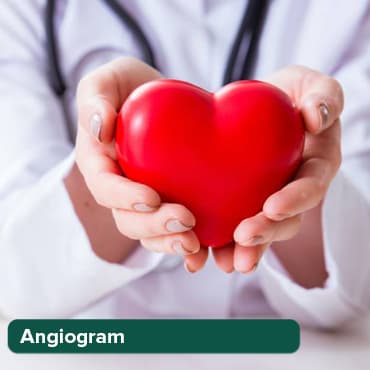
Treating Thread Veins with Laser Therapy
26 Oct, 2023
 Healthtrip Team
Healthtrip TeamThread veins, also known as spider veins, are a common cosmetic concern affecting millions of people worldwide. These small, visible veins can appear on various parts of the body, causing distress and self-consciousness. Fortunately, laser therapy offers a highly effective solution for thread vein removal. In this comprehensive guide, we will explore thread veins in detail, the various treatment options available, with a focus on laser therapy. We will also discuss what to expect before, during, and after treatment, as well as the cost and results you can anticipate. Whether you're considering thread vein treatment or just curious to learn more, this article will provide valuable insights.
Transform Your Beauty, Boost Your Confidence
Find the right cosmetic procedure for your needs.

We specialize in a wide range of cosmetic procedures

Thread Veins
Thread veins, scientifically known as telangiectasias, are small, dilated blood vessels that appear close to the skin's surface. They often resemble spider webs or tree branches, hence the common name "spider veins." They are most commonly found on the legs and face but can occur elsewhere on the body. Thread veins are typically blue, red, or purple in color and can be caused by various factors, including genetics, age, pregnancy, hormonal changes, and prolonged sun exposure.
Available Treatment Options
When it comes to treating thread veins, you have several options. These include non-surgical approaches such as wearing compression stockings, undergoing sclerotherapy, or opting for laser therapy. Surgical procedures are also available for more severe cases, but we'll primarily focus on laser therapy in this article.
How Laser Therapy Works
Laser therapy is a highly effective and minimally invasive method for treating thread veins. It involves the use of specialized lasers that emit concentrated light energy. When this laser light is directed at the affected area, it is absorbed by the hemoglobin in the veins, causing them to coagulate and eventually fade away. Laser therapy is safe and precise, targeting only the unwanted veins while leaving the surrounding skin unharmed.
Most popular procedures in India
Atrial septal defect
Upto 80% off
90% Rated
Satisfactory

Coronary Angiogram a
Upto 80% off
90% Rated
Satisfactory

Coronary Angiogram C
Upto 80% off
90% Rated
Satisfactory

Liver Transplant
Upto 80% off
90% Rated
Satisfactory

Total Hip Replacemen
Upto 80% off
90% Rated
Satisfactory

The Treatment Process
Before undergoing laser therapy, you'll begin with an initial consultation with a trained specialist. During this consultation, your medical history will be evaluated, and a customized treatment plan will be developed to address your specific concerns. The laser therapy procedure itself typically involves applying a cooling gel to the treatment area, followed by the precise application of the laser. Most sessions are relatively short, usually lasting between 15 to 30 minutes.
Preparation and Aftercare
To ensure the best results from laser therapy, it's essential to follow specific preparation and aftercare guidelines. This may include avoiding sun exposure, discontinuing certain medications, and maintaining good skincare practices. After treatment, you can expect some temporary side effects, such as redness or swelling, but these typically subside within a few days.
Number of Sessions and Maintenance
The number of laser therapy sessions needed can vary from person to person, depending on the extent of the thread veins. While some individuals may achieve their desired results after just one session, others may require multiple treatments. Maintenance sessions may also be necessary to keep the results looking their best.
The cost of laser therapy for thread veins
The average cost of laser therapy for thread veins in India is INR 5,000 to 10,000 per session. The actual cost may vary depending on the following factors:
- Number of sessions required: The number of sessions required will depend on the severity of the thread veins and the size of the area to be treated.
- Location of the clinic or hospital: The cost of laser therapy can vary depending on the location of the clinic or hospital.
- Experience of the doctor: The cost of laser therapy may also vary depending on the experience of the doctor performing the procedure.
The average cost of laser therapy for thread veins in India varies based on the number of sessions require
It is important to note that these are just average costs and the actual cost may vary depending on the factors listed above. It is always best to get a quote from your doctor or clinic before scheduling a laser therapy appointment.
Results and Conclusion
Laser treatment for thread veins has proven to be a highly effective and safe solution, offering remarkable results for individuals looking to regain their confidence and improve the appearance of their skin. Whether you're dealing with thread veins on your legs, face, or elsewhere, laser therapy can provide a non-invasive and virtually painless way to achieve clear, smooth skin. Consult with a qualified specialist to start your journey toward saying goodbye to spider veins forever.
Wellness Treatment
Give yourself the time to relax
Lowest Prices Guaranteed!

Lowest Prices Guaranteed!





